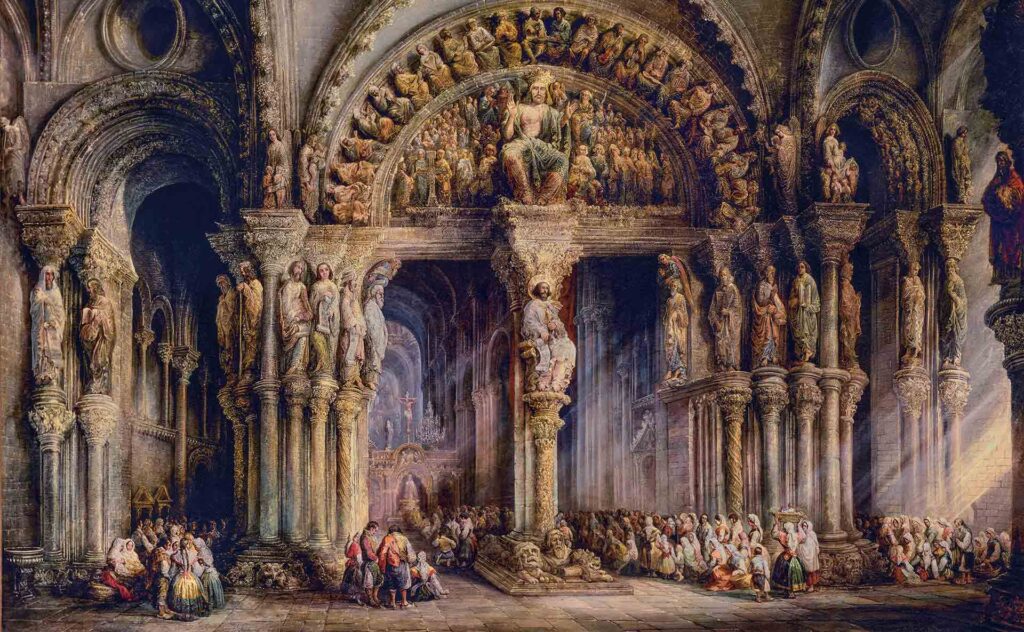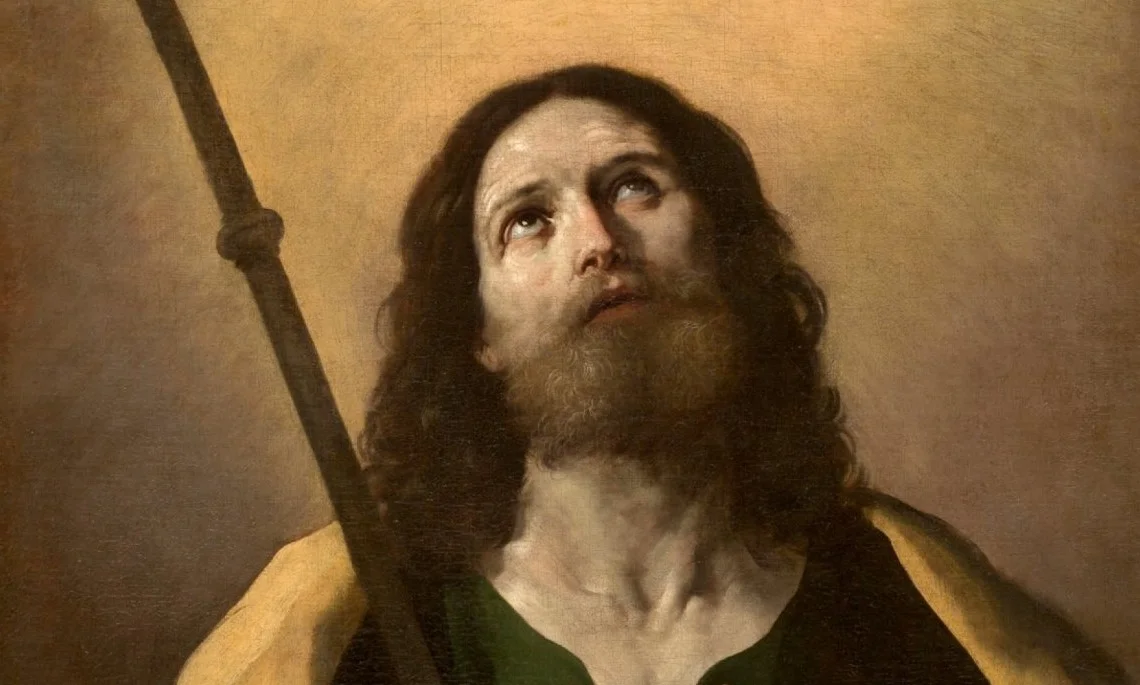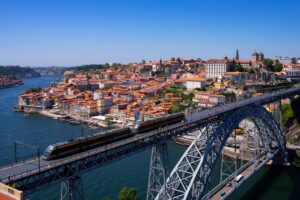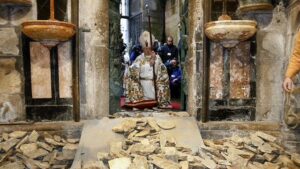The Camino de Santiago is one of the oldest cultural and spiritual routes in Europe. With more than a thousand years of history, it has evolved from a religious pilgrimage into a universal phenomenon that combines faith, culture, adventure, and personal growth. Understanding its origin and evolution helps explain why it continues to attract hundreds of thousands of people every year.
The origin of the Camino de Santiago
Tradition places the beginning of the Camino in the 9th century, when the supposed remains of the Apostle James the Greater were discovered in Galicia. According to chronicles, around the year 813, a hermit named Pelayo observed mysterious lights in a forest near Compostela. Bishop Teodomiro interpreted these signs as a divine revelation and, after investigating, declared that it was the apostle’s tomb.
The discovery was reported to King Alfonso II of Asturias, who traveled from Oviedo to verify it. That journey, now known as the Camino Primitivo, makes him the first documented pilgrim. A small sanctuary was built to safeguard the relics, the origin of the future cathedral of Santiago.
The Middle Ages and the expansion of the Camino
Between the 11th and 13th centuries, the Camino reached its peak. News of the discovery spread throughout Europe, and thousands of pilgrims began traveling to Galicia. Kings, nobles, and the clergy encouraged the development of infrastructure to host the travelers: hospitals, monasteries, churches, and bridges.
During this period, the Camino Francés was consolidated, the most traveled route, which used old Roman roads and connected France with the north of the Iberian Peninsula. The Códice Calixtino (12th century) was also compiled, considered the first travel guide in history, detailing stages, advice, customs, and warnings for pilgrims.
The Camino was not only a religious route but also a hub of cultural and economic exchange. Along its path, cities were founded, markets flourished, and artistic styles such as Romanesque and Gothic spread.

The symbols of the Camino
Over time, symbols associated with the pilgrimage emerged:
- The scallop shell, carried by pilgrims as proof of having reached Santiago.
- The yellow arrow, introduced in the 20th century by priest Elías Valiña, now the most recognized sign along the route.
- The stone markers, indicating stages and the distance to Santiago along different sections.
Decline between the 15th and 18th centuries
Despite its medieval splendor, the Camino experienced a significant decline from the 15th century onwards. Various factors contributed to this downturn: wars, plague epidemics, the Protestant Reformation, and changes in European religiosity. The number of pilgrims decreased, and much of the infrastructure was abandoned.
For centuries, the Camino survived in a residual form, maintained by local devotions and communities that continued to welcome small groups of pilgrims.
Recovery in the Contemporary Age
Interest in the Camino was revived in the late 19th and early 20th centuries, thanks to the efforts of historians, researchers, and associations. In the mid-20th century, initiatives such as the yellow arrow signage reactivated the route and made it accessible once more.
In 1985, the old town of Santiago was declared a UNESCO World Heritage Site, and in 1993 several Camino routes received the same recognition. These international acknowledgments gave a definitive boost to its recovery.
The Camino de Santiago today
Today, the Camino de Santiago is a global phenomenon attracting both believers and people with cultural, sporting, or personal motivations. There are more than 50 recognized routes, including the Camino Francés, the Camino Portugués, the Camino Primitivo, the Camino del Norte, the Vía de la Plata, and the Camino Inglés.
Every year, more than 300,000 pilgrims receive the Compostela, the official certificate proving that they have completed at least the last 100 km on foot or 200 km by bicycle. Furthermore, each Holy Year of Compostela, when July 25th falls on a Sunday, the number of visitors increases exponentially.
The Camino has ceased to be solely a Catholic pilgrimage to become a space of intercultural encounter. Its routes cross unique landscapes, small villages, historic cities, and monuments that narrate the evolution of Europe over more than a millennium.
Cultural and heritage importance
The Camino de Santiago is much more than a spiritual route. It is a true cultural corridor that has left a mark on art, literature, and architecture. Along its routes, one can find Romanesque churches, medieval monasteries, Gothic cathedrals, and historic bridges that showcase Europe’s diverse heritage.
Moreover, the Camino has inspired writers, musicians, and artists throughout the centuries, becoming a symbol of personal quest and dialogue between cultures.
The Camino as a personal experience
Those who walk the Camino today do so for many reasons: religious, spiritual, sporting, cultural, or simply the desire to disconnect and reconnect with themselves. The experience of walking for days, sharing the road with people from all over the world, creates a unique bond that explains why so many consider it a transformative journey.
The history of the Camino de Santiago shows how an ancient medieval pilgrimage became a universal phenomenon. Today it remains one of the most important routes in the world, a living testimony of faith, culture, and hospitality.



